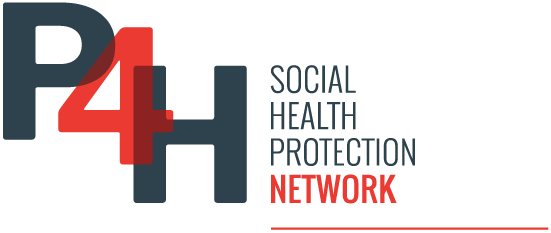Armenia’s social health insurance model focuses on universal coverage and vulnerable groups but faces challenges in funding sustainability and healthcare quality, while Azerbaijan’s state-funded system benefits from oil revenues to modernize infrastructure but struggles with corruption and rural-urban disparities. Both countries have improved health outcomes but need to address governance, equity, and service quality to ensure sustainable healthcare systems.
Armenia and Azerbaijan, two neighboring countries in the South Caucasus, have both embarked on ambitious healthcare reforms in recent years, yet their approaches and resulting challenges differ significantly. Both nations strive for universal health coverage and improved health outcomes, but their healthcare systems, financing models, and infrastructure development reflect their unique economic, political, and social contexts.
Armenia has transitioned to a social health insurance (SHI) model, aiming to provide universal health coverage by pooling funds from various sources, including government budgets, mandatory contributions from employers and employees, and external assistance from international organizations. This system is designed to finance a broad range of essential healthcare services for the population, with special provisions for vulnerable groups such as the poor, elderly, and disabled, who receive subsidized or free care. Over the years, Armenia has invested in upgrading hospitals and primary care facilities, leading to improved access, particularly for marginalized communities. Progress in health indicators such as life expectancy, infant mortality, and maternal mortality rates reflects these efforts. However, Armenia continues to face challenges, particularly in addressing non-communicable diseases and ensuring that the quality of care is consistent across the country.
A major issue for Armenia’s SHI model is financial sustainability. The country’s limited economic resources and a high rate of informal employment make it difficult to collect mandatory contributions and ensure a steady flow of funds. Enforcement of contribution collection, especially from those working in the informal sector, remains problematic. Additionally, maintaining and improving the quality of services under the SHI system requires ongoing investment in infrastructure, workforce training, and quality assurance mechanisms. The brain drain of healthcare professionals, who often seek better opportunities abroad, further strains the system. The lingering effects of the Nagorno-Karabakh conflict have also impacted healthcare services and infrastructure, particularly in border regions, adding another layer of complexity to Armenia’s healthcare landscape.
In contrast, Azerbaijan’s healthcare system is primarily state-funded, drawing heavily from revenues generated by the country’s oil and gas exports. The government has made substantial investments in modernizing healthcare infrastructure, especially in Baku and other major cities, resulting in the construction of new hospitals and diagnostic centers. These investments have contributed to improvements in health indicators, such as reductions in infant and maternal mortality rates. Despite these advances, disparities in access to quality healthcare persist, particularly between urban and rural areas, where modern facilities and specialized services are less available.
Azerbaijan’s reliance on oil revenues, while enabling significant healthcare spending, also makes the system vulnerable to fluctuations in global oil prices. Corruption and inefficiency remain persistent challenges, leading to misuse of funds and inconsistent quality of care. The distribution of healthcare resources is often inequitable, with rural areas lagging behind urban centers in both infrastructure and service availability. While private healthcare providers exist, their contribution to overall healthcare financing remains relatively small, and the state remains the dominant player in both funding and regulation.
Comparatively, Armenia’s SHI model aims for greater financial stability and more efficient resource allocation by involving multiple funding sources and aligning spending with healthcare needs. Its focus on primary care and coverage for vulnerable groups reflects a commitment to equity, though implementation challenges remain. Azerbaijan’s state-funded model, while benefiting from substantial financial resources, faces risks due to its dependence on oil revenues and ongoing governance issues.
Both countries have made notable progress in reforming their healthcare systems and improving health outcomes. However, they must continue to address governance challenges, improve the quality and equity of services, and ensure that their healthcare systems are resilient and sustainable in the face of economic and political uncertainties.


